Next: Multi-species population models Up: Population ecology Previous: Population ecology
Change in a population with continuous growth


 No. individuals at time
No. individuals at time Exponential population growth
 |
(1) |
 |
(2) |
Exponential population growth
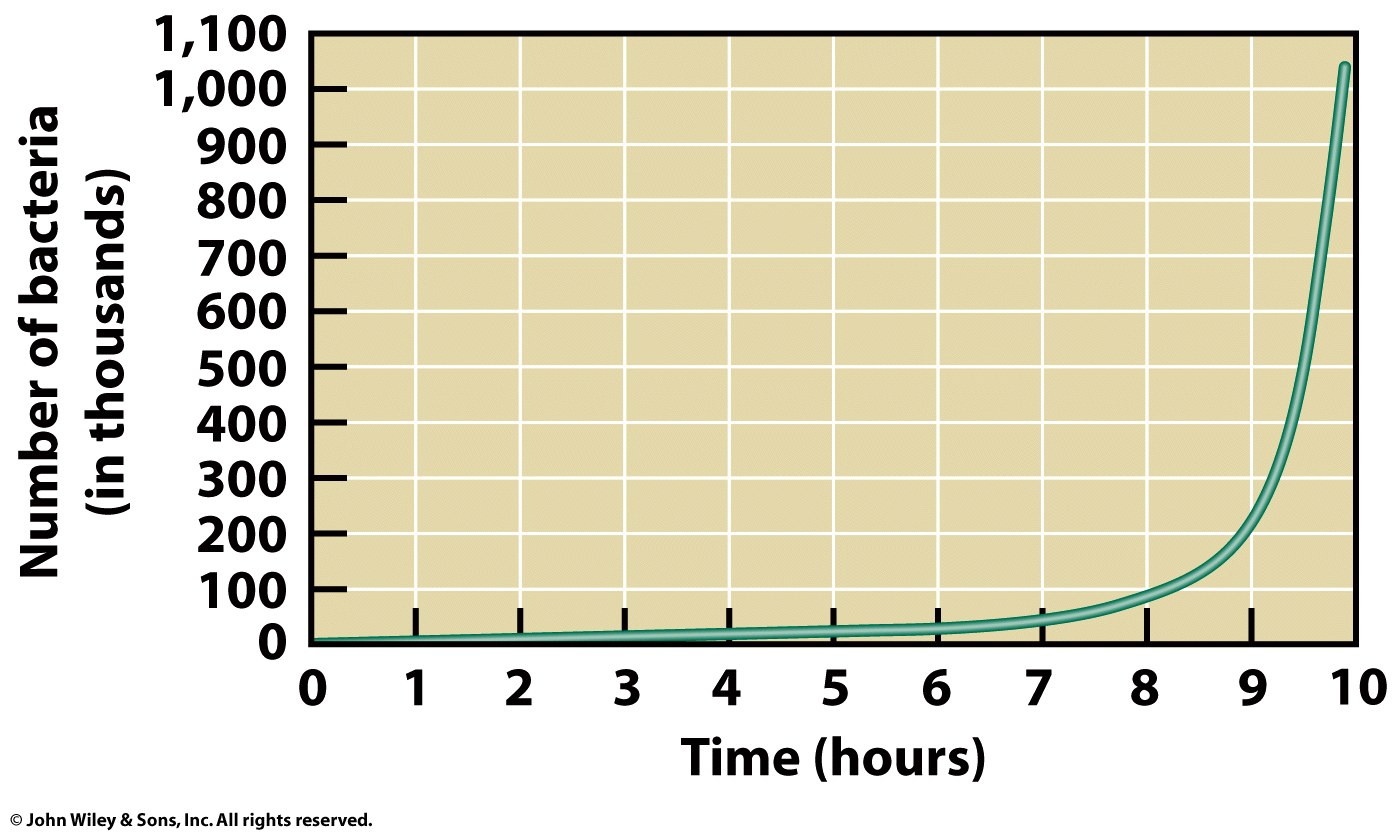
Environmental resistance
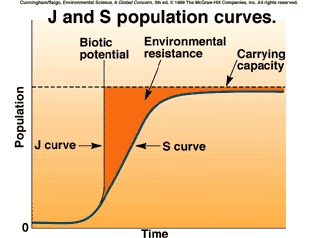
Density dependence in limited populations
Logistic population growth
 |
(3) |
![$\displaystyle N_{t}=\frac{K}{1+[\frac{(K-N_{0})}{N_{0}}]e^{-rt}}$](img12.png) |
(4) |
Logistic population growth
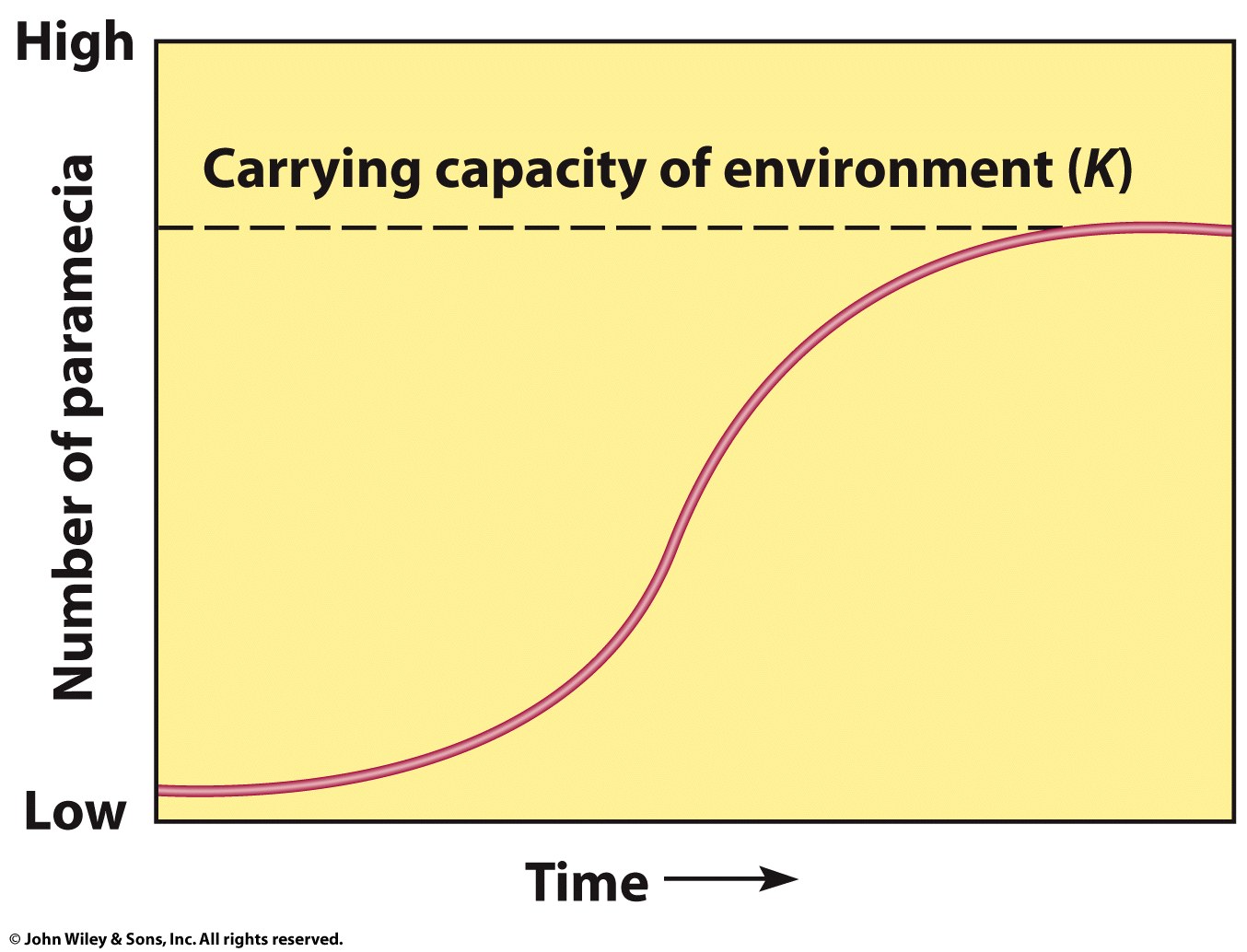
Oscillating population
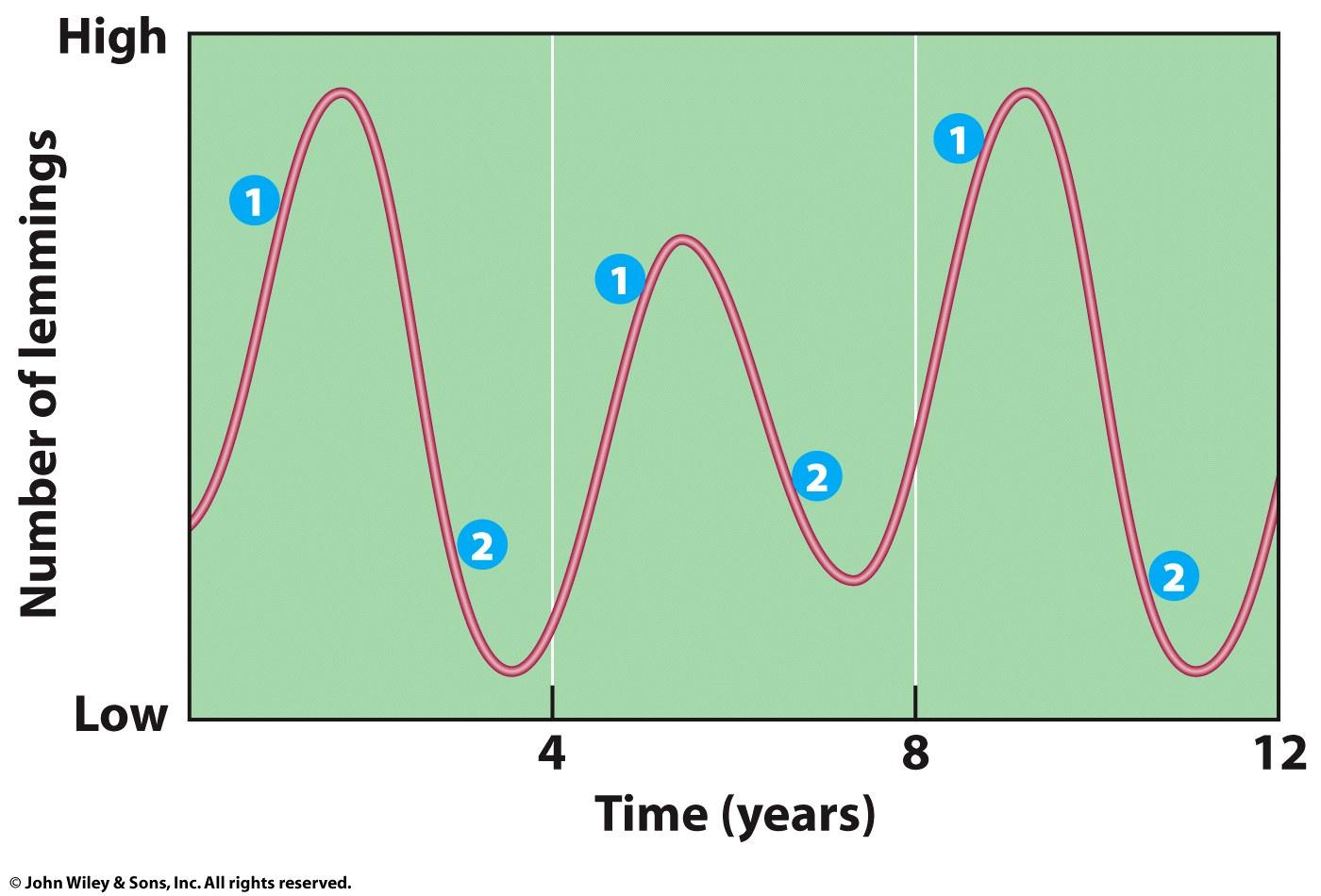
Oscillating population
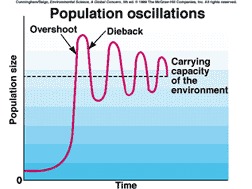
Age-structured population
 |
(5) |
Brian M Napoletano 2011-09-26